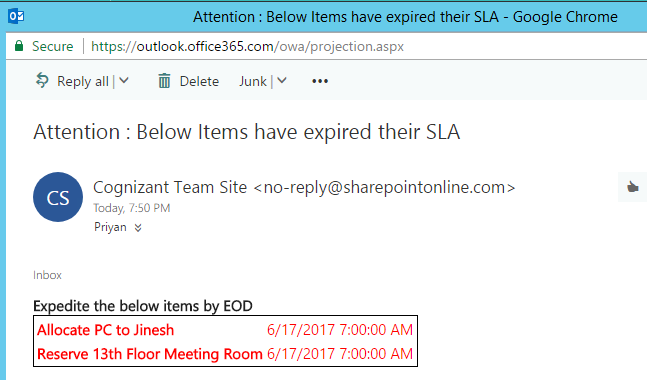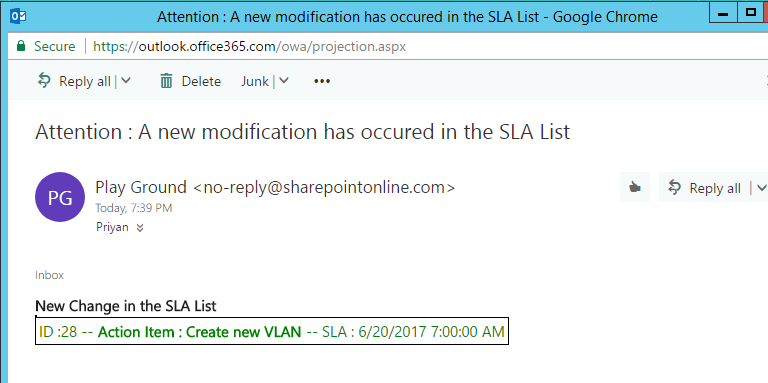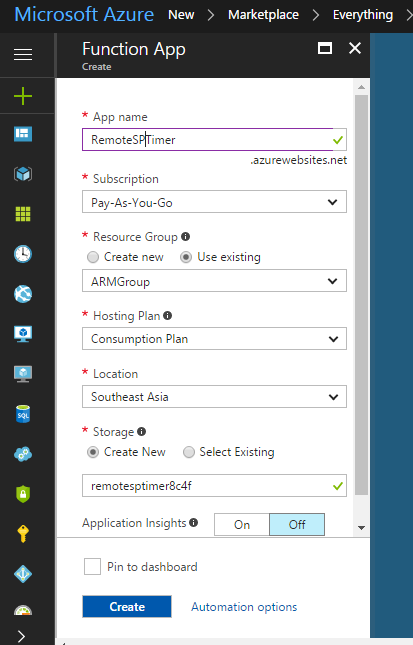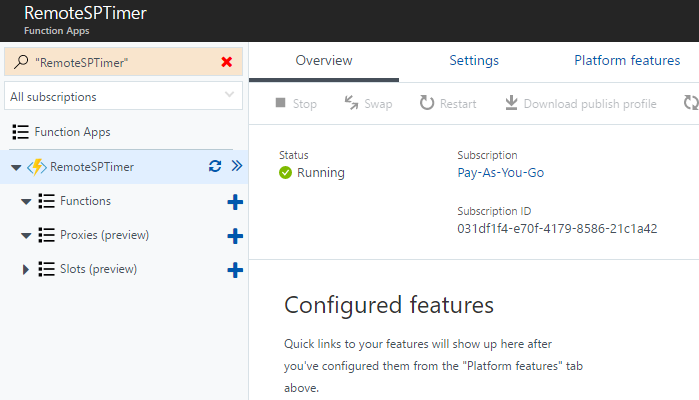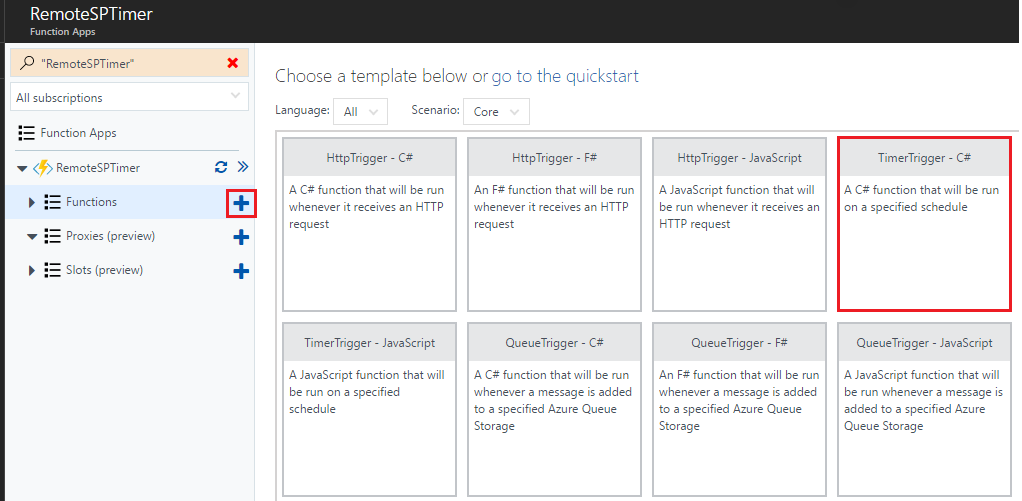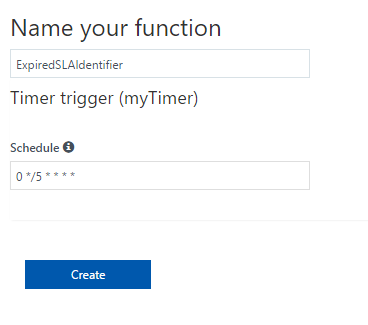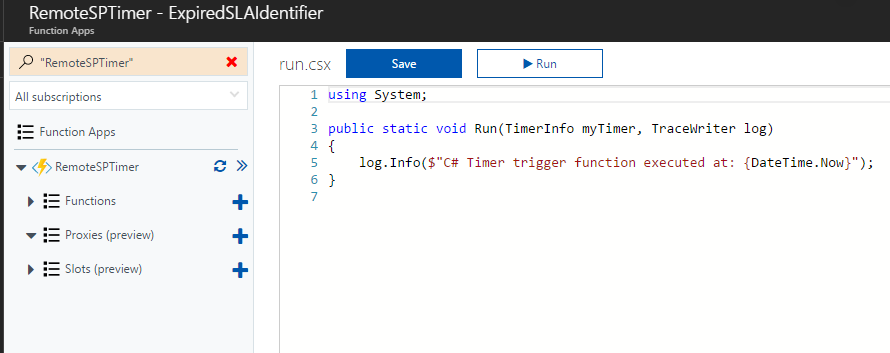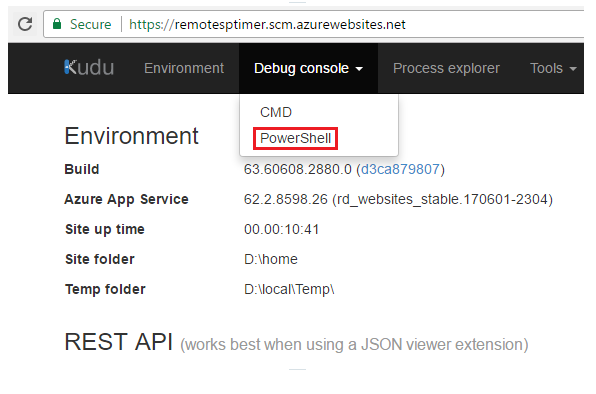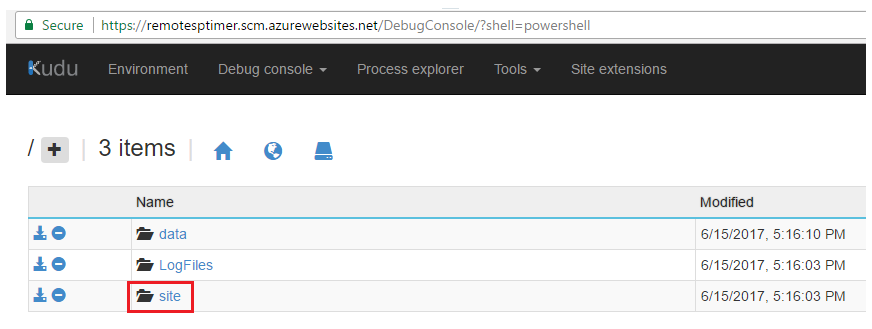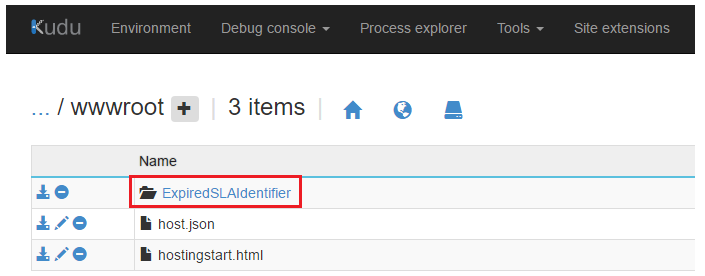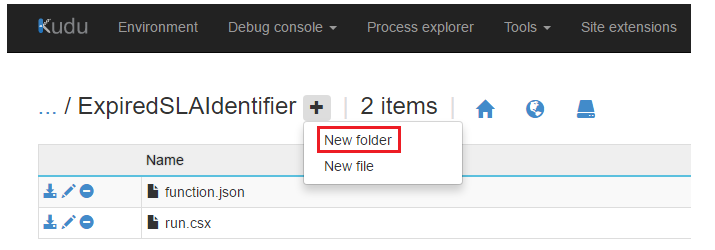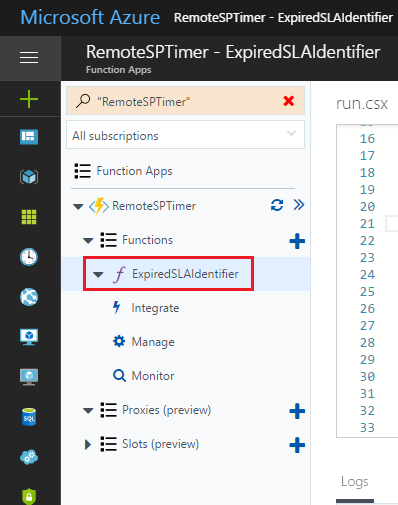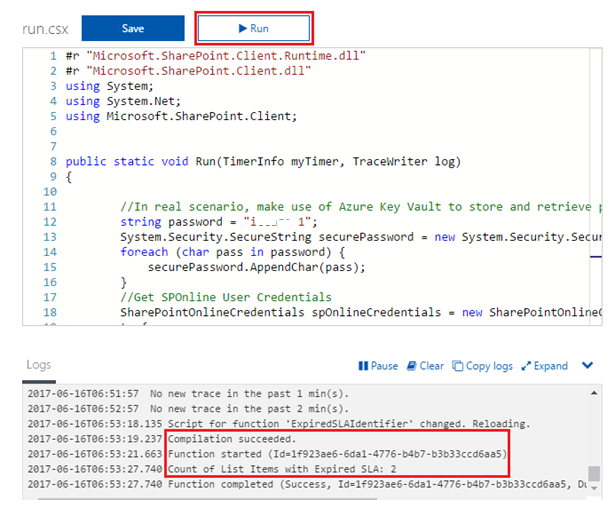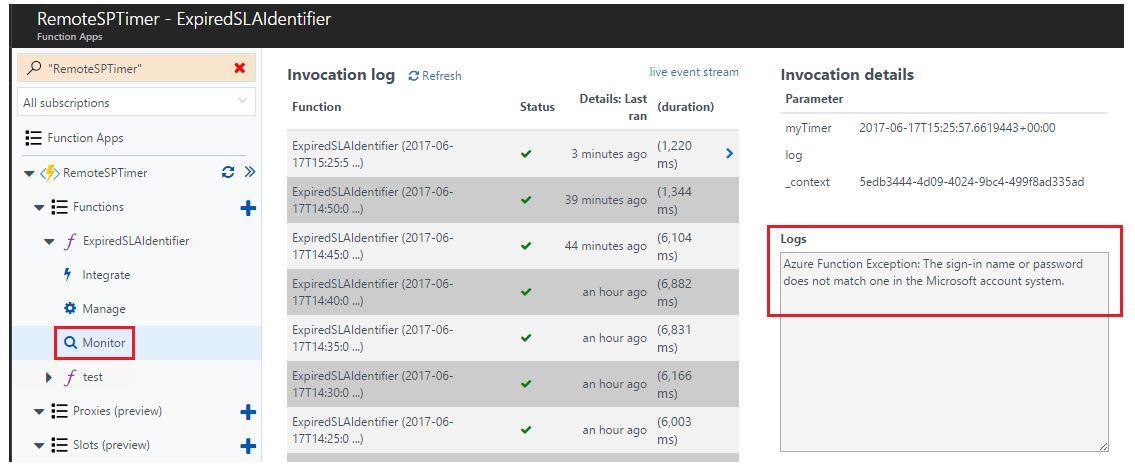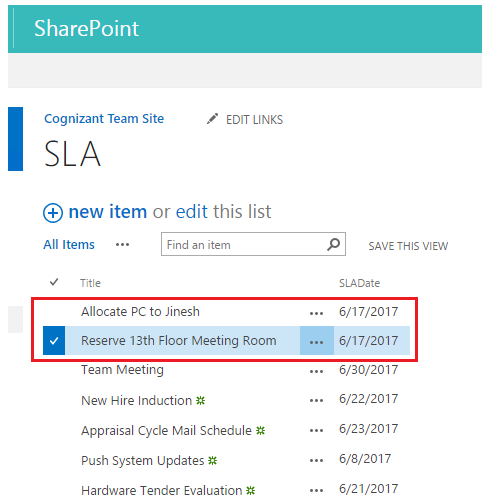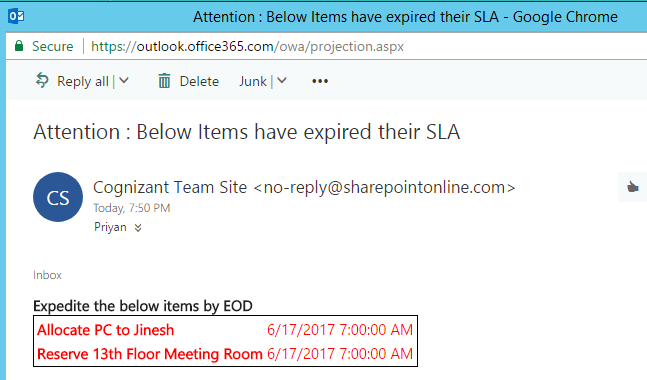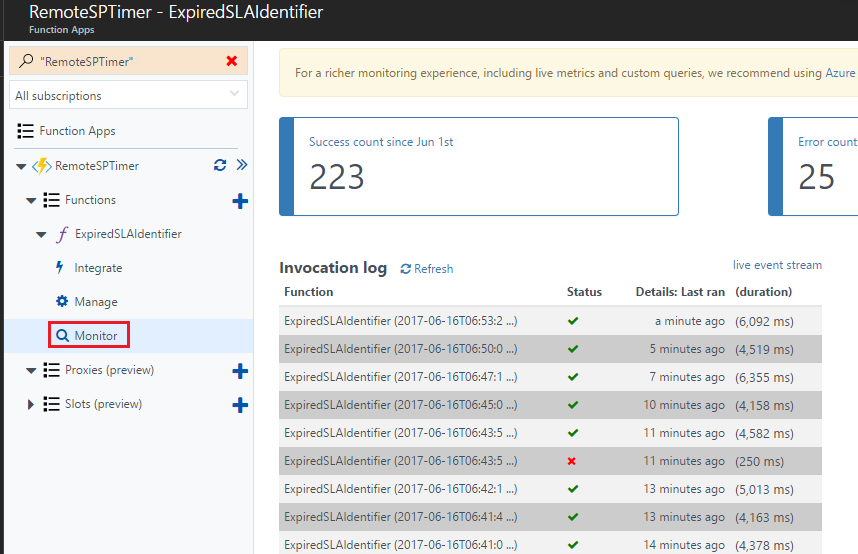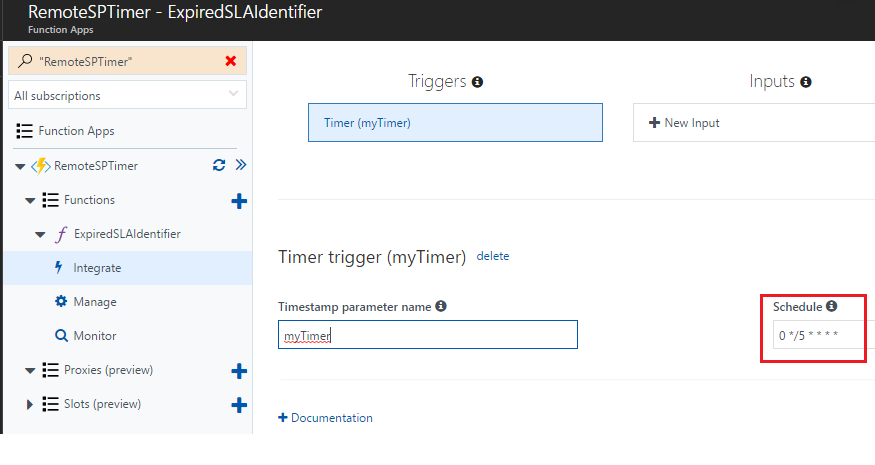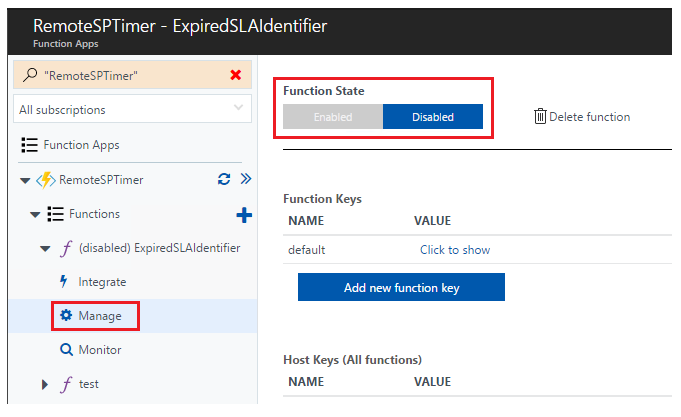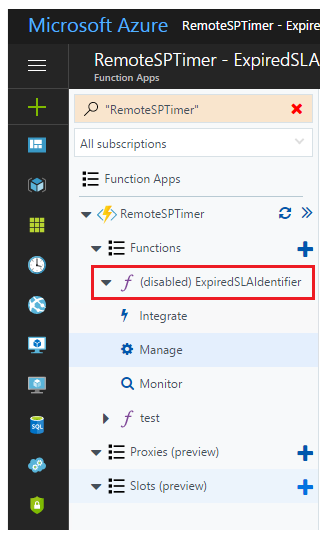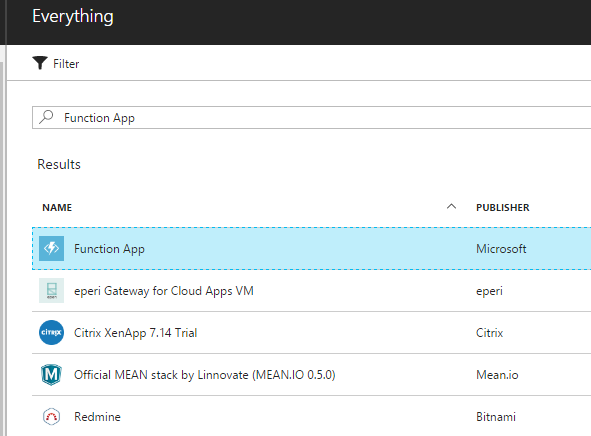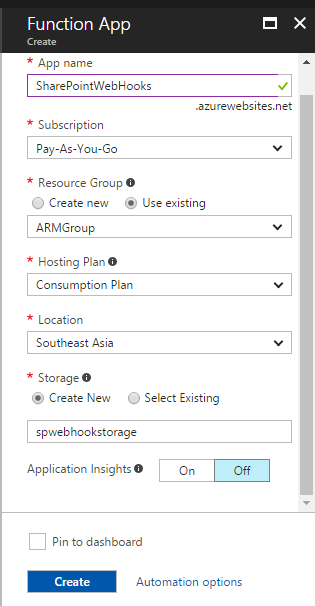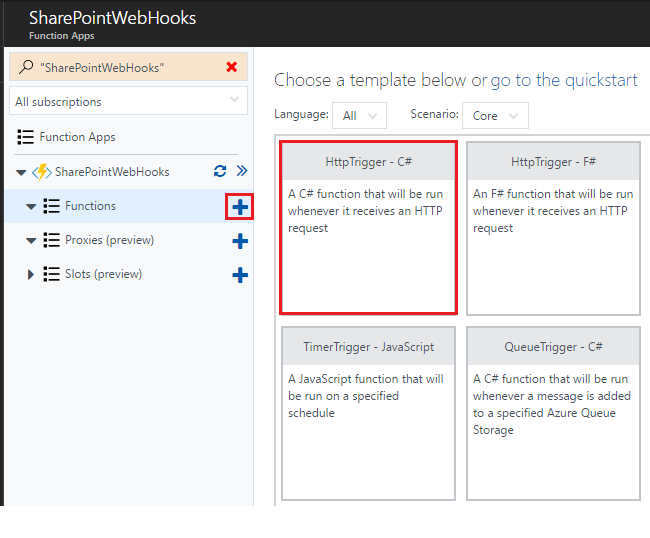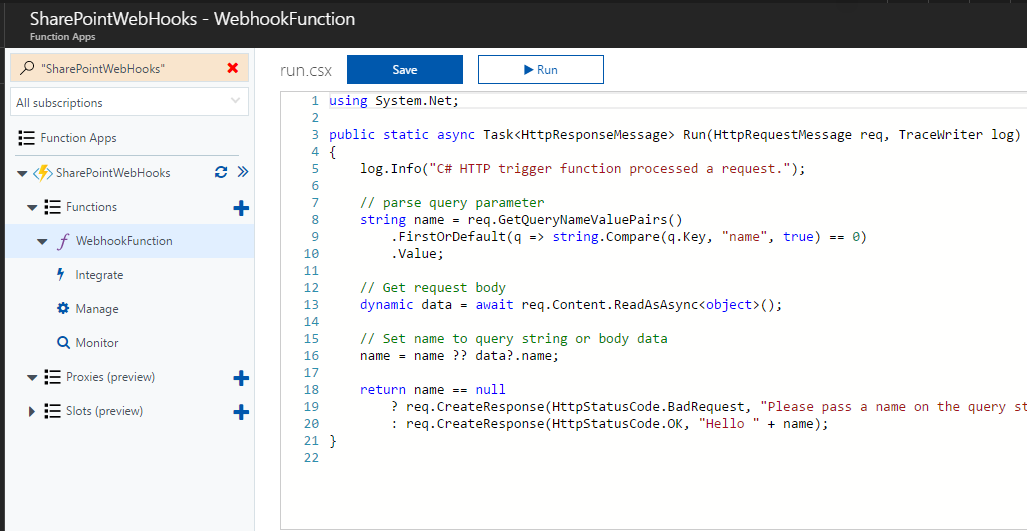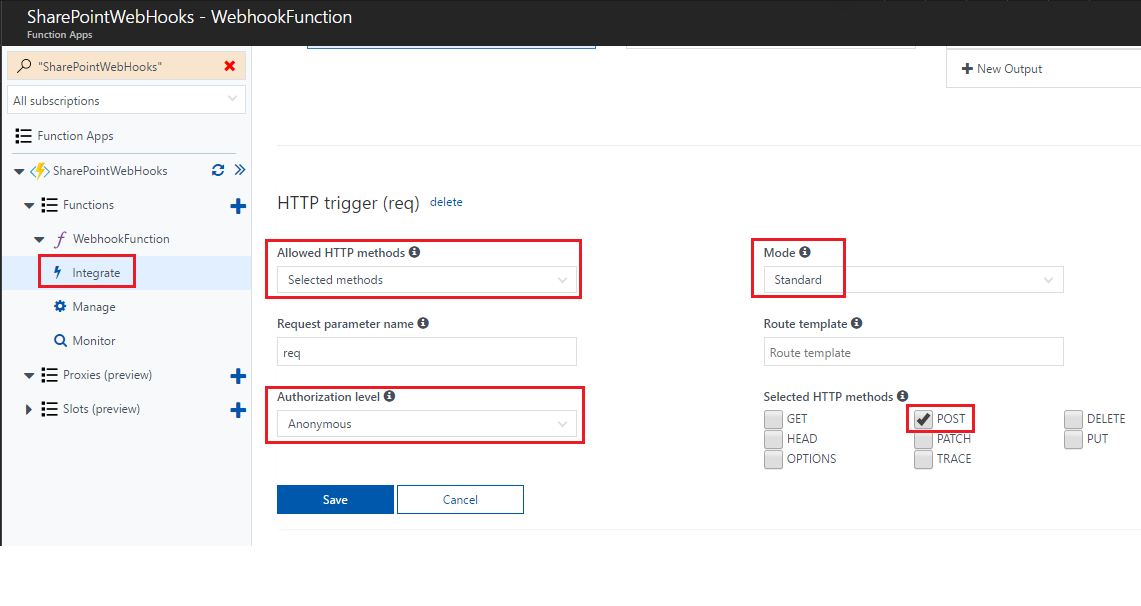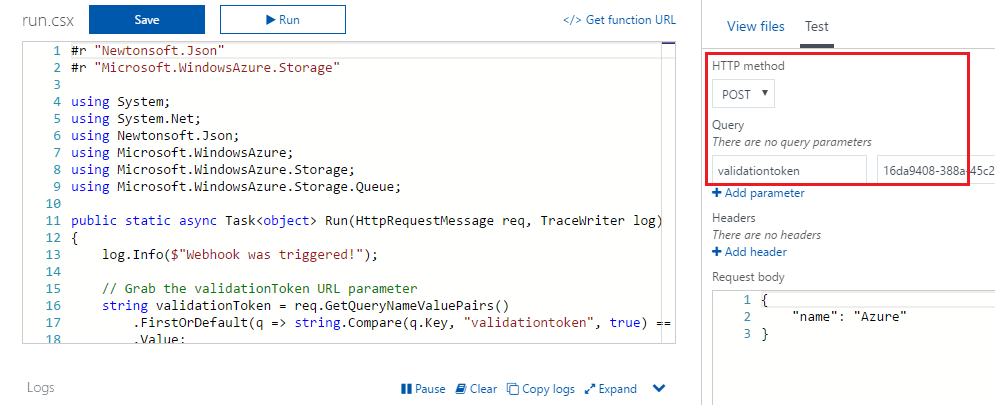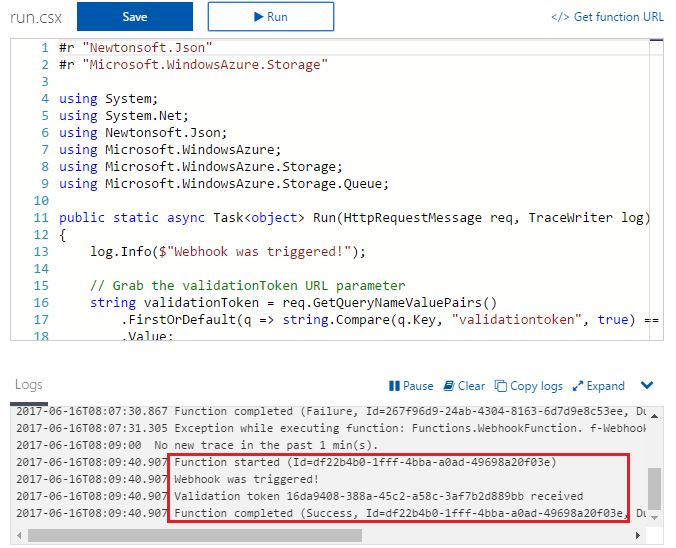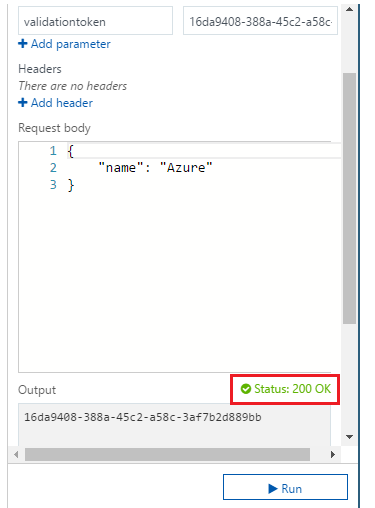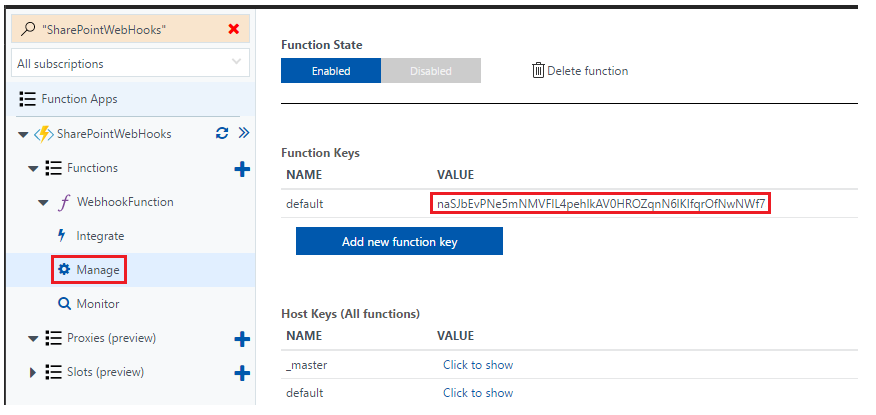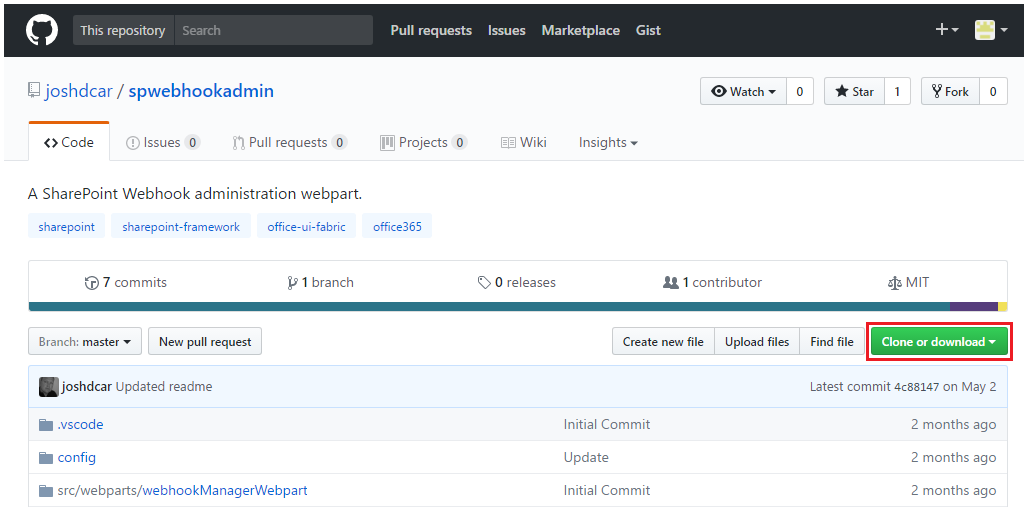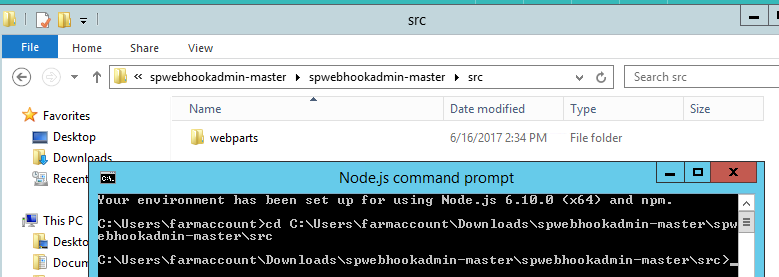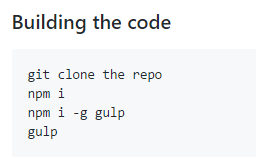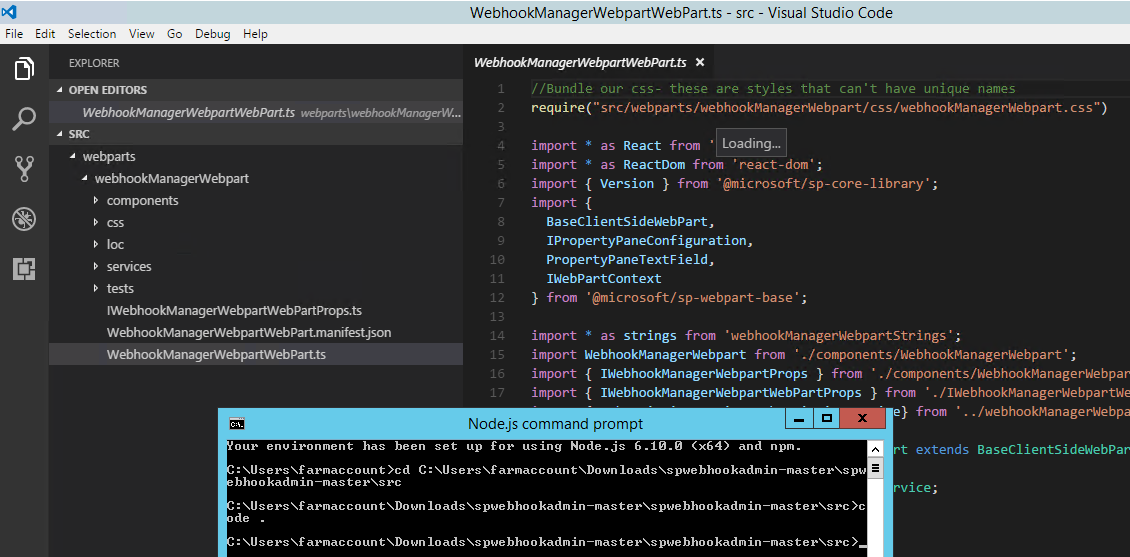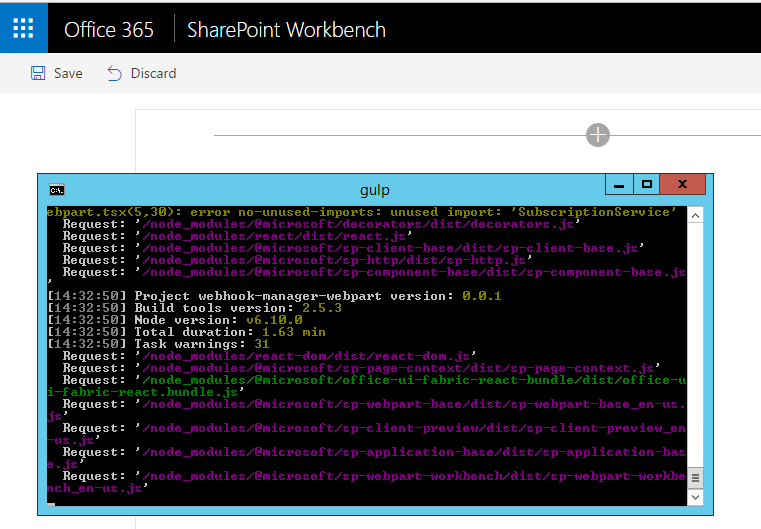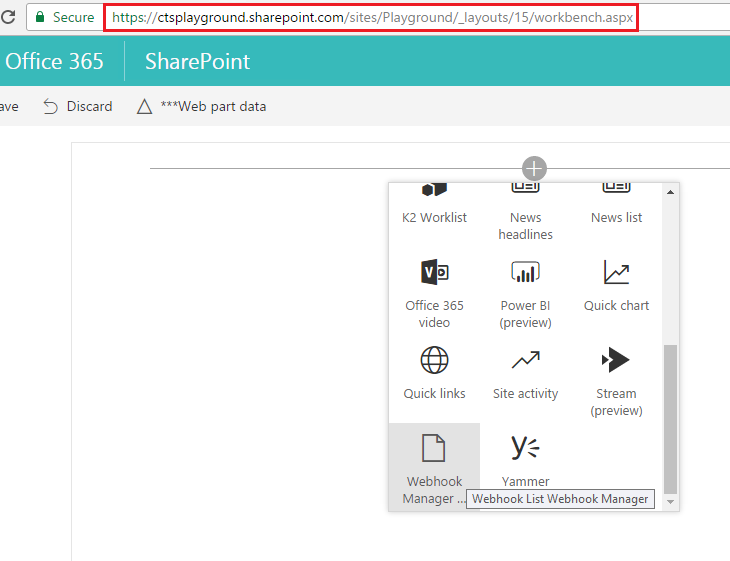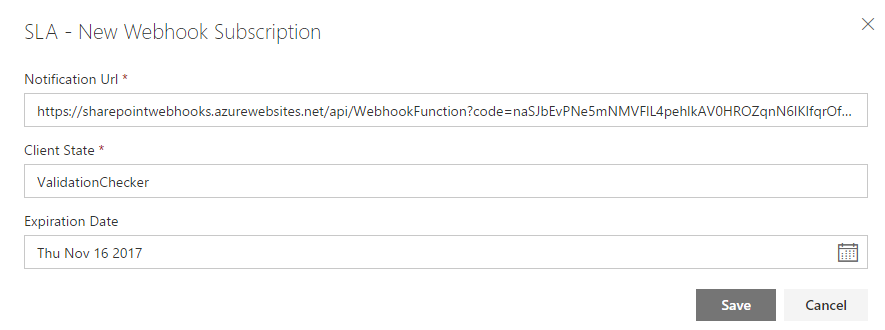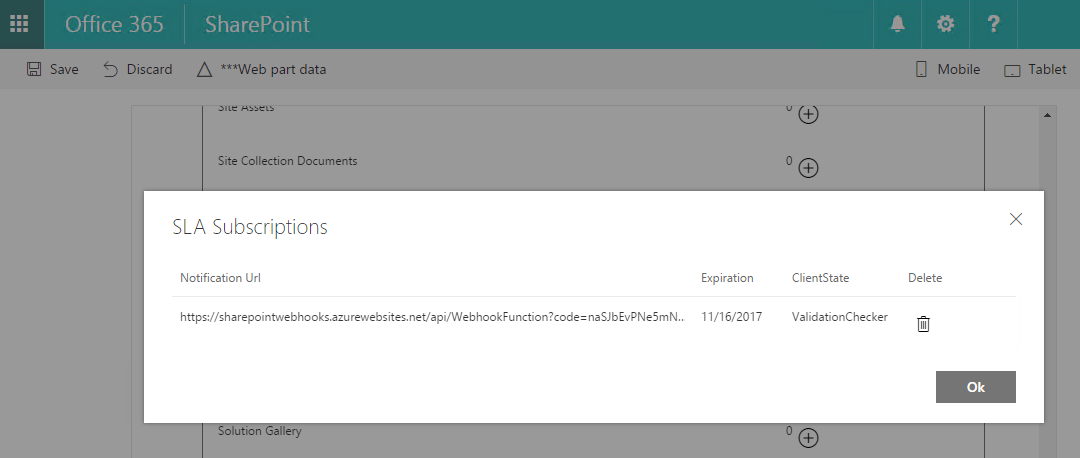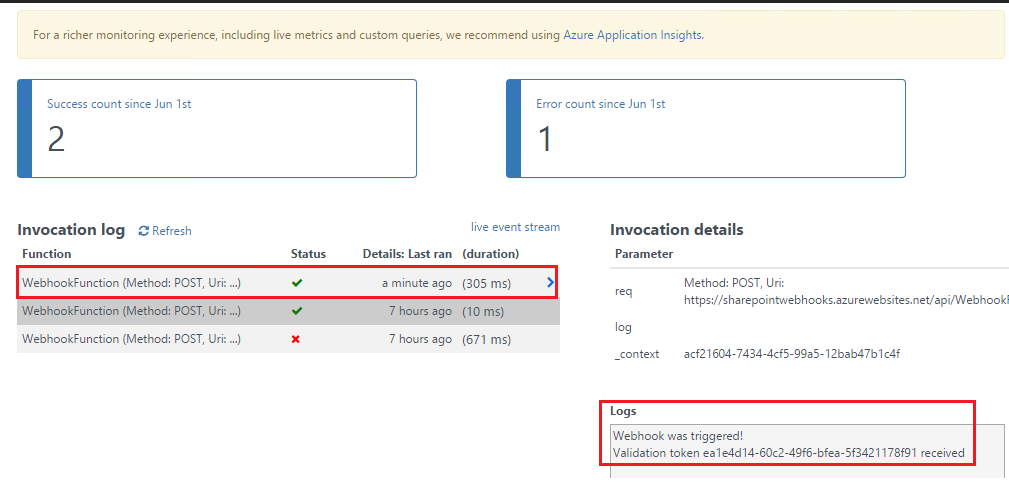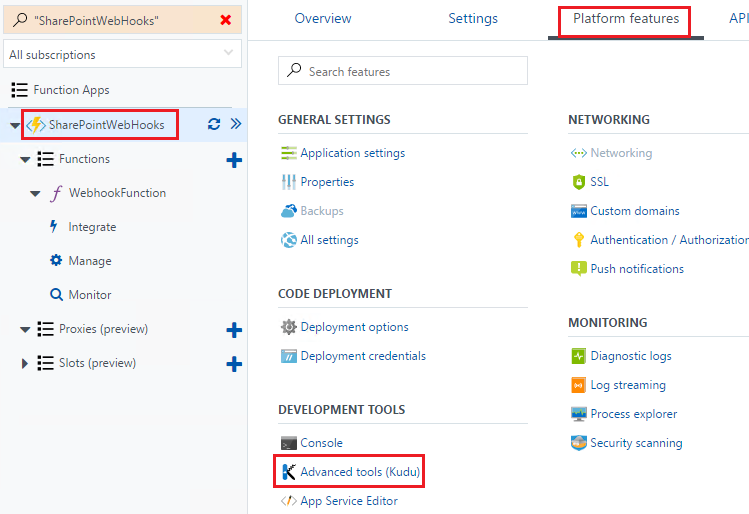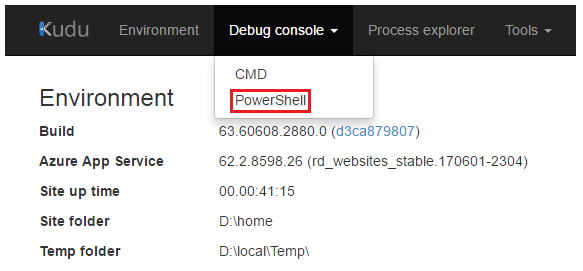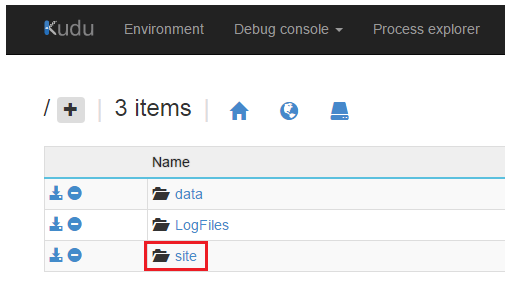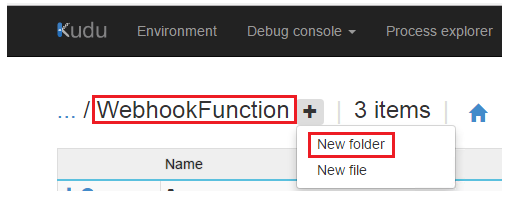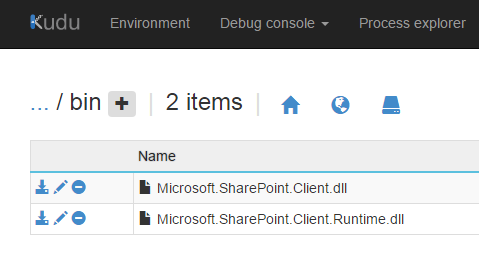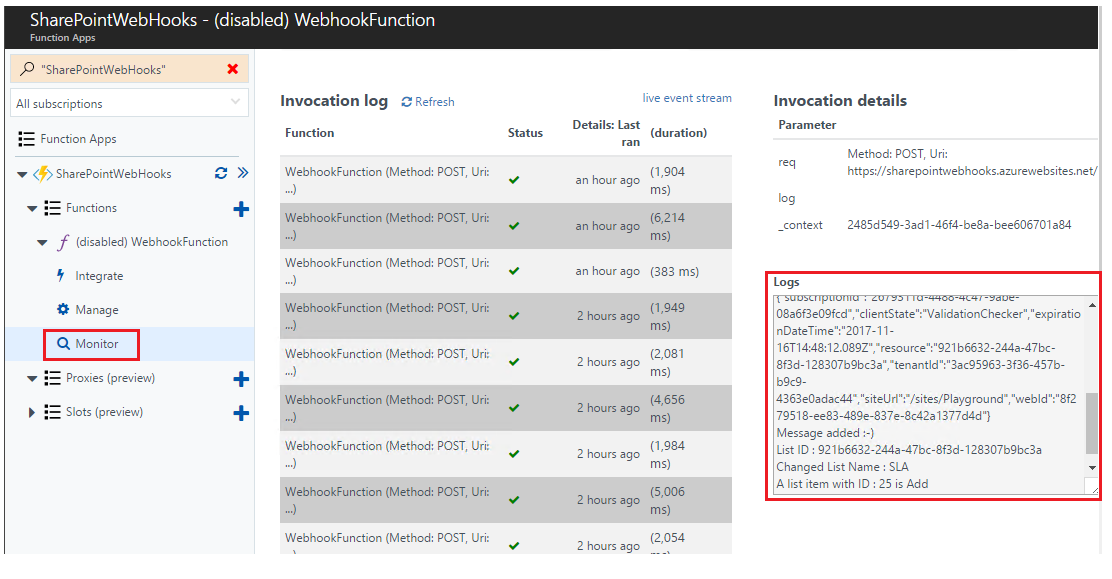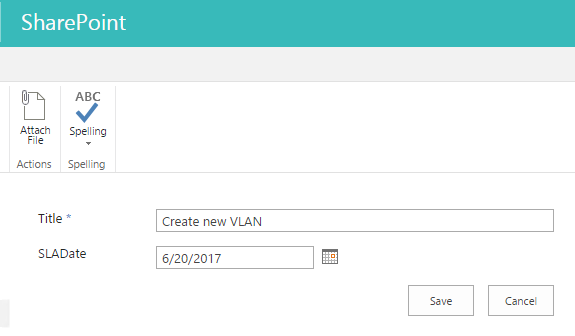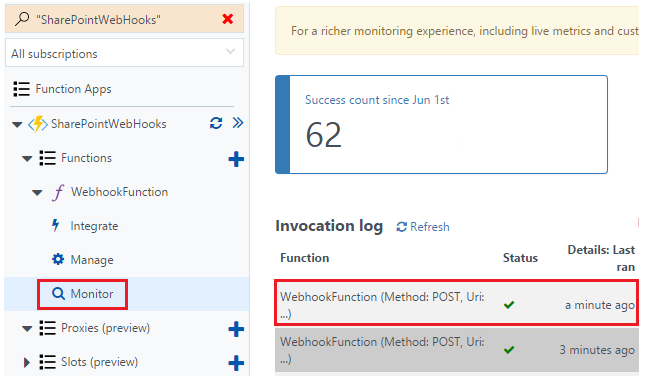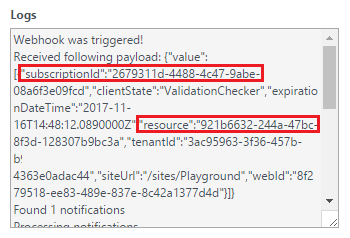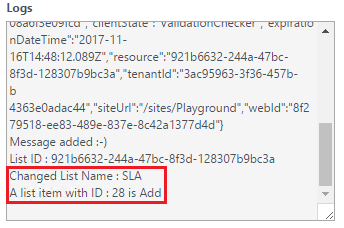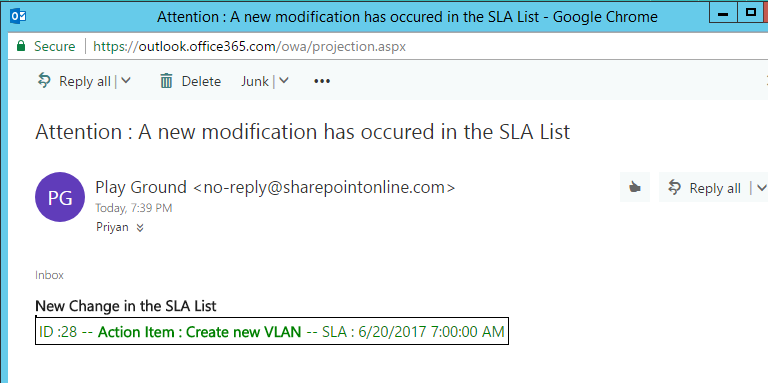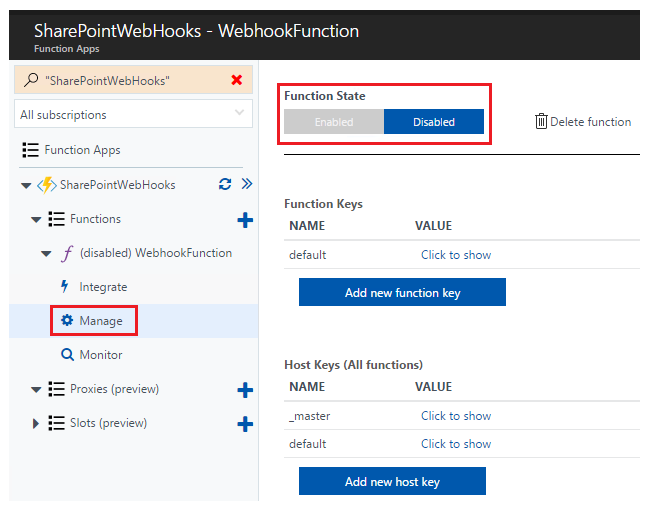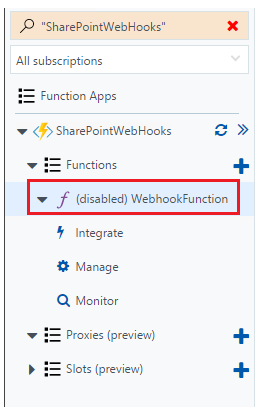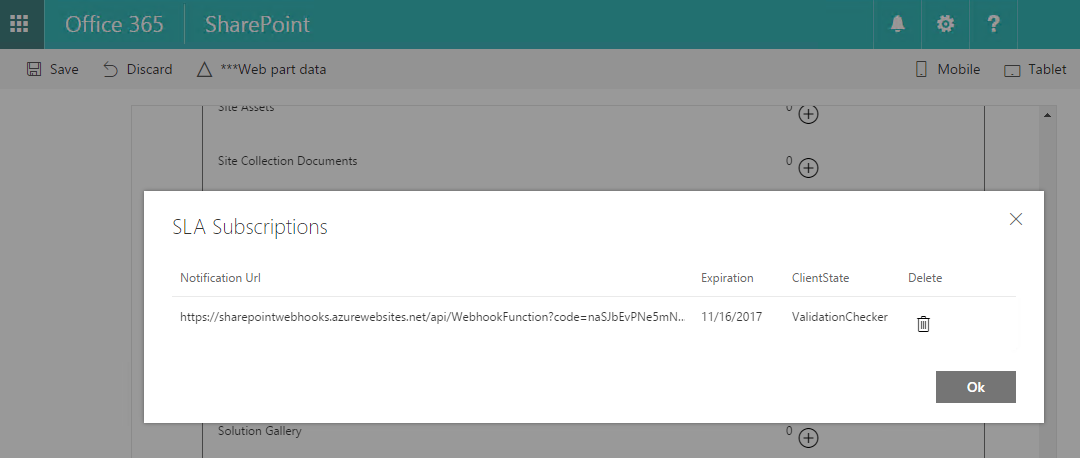SharePoint Online : Simulate SharePoint Timer Jobs and Event Receivers using Azure Functions and SharePoint Webhooks
Introduction
SharePoint Server provided native Timer Jobs that inherits SPJobDefinition class to run at regular intervals defined in the SPSchedule object. This way we could create solutions that had to be iteratively run to process logic at regular intervals. Similarly, Event Receiver solutions that inherited SPEventReceiver class responded to events that happened within SharePoint Server. However, in case of SharePoint Online Native Timer Jobs and Event Receivers cannot be used.
Though we could use Windows Service/Task Scheduler to simulate Timer Jobs in SharePoint Online, it is still not a complete cloud solution. Similarly, we can create Remote Event Receiver using Provider Hosted Add-ins to respond to SharePoint Online Events which still required deploying web application to On Premise Server in case of a Full Trust Solution(We can use Azure for creating Low Trust Solution).
However now we have the option to create pure cloud solutions for SharePoint Online Timer Jobs and Event Receiver using Azure Function and SharePoint Webhooks. Azure Functions are constantly evolving and SharePoint Webhooks reached General Availability on January 2017.
What are we going to do?
In this article, we will explore the process of simulating Timer Jobs and Event Receivers for SharePoint Online using Azure Functions and SharePoint Web hooks
Requirement for Simulating Timer Job in SharePoint Online using Azure web jobs
We have a List named ‘SLA’ that contains action items and an associated SLA date. Every day if the SLA date for the action item has reached, we have to intimate the concerned person about the items whose SLA has reached. Since the logic to check for SLA has to run every day, we will create a timer job solutions using Azure Function. As shown below, there are two items that has reached the SLA of 6/17/2017.
The Azure function timer job will get the SharePoint Online List items items that has reached the SLA(checks if the SLA date is today) and will send the mail to the concerned Service User.
Video Demo of Azure Function in Action:
Requirement for Simulating Event Receiver using SharePoint Webhooks
To demonstrate the working of SharePoint Webhooks we will be registering webhooks with a list named SLA that contains items with specific SLA time. Whenever a new item is added to this list, we will have to inform the Service User about the new change in the List for him to process the action item before the SLA Date.
As part of the code implementation of SharePoint Webhooks a notification mail has been sent to the respective user with the Changed List Item Details.
Video Demo of Webhooks in Action :
Create Azure Function to work as a SharePoint Timer
We will create an Azure Function app that will contain the code that implements the logic which will be scheduled to run at regular intervals. Once we have logged in to the Azure Portal , search for Function App and select it.
Specify the App name and the other Function App details that will be used to create the Azure Function App.
Click on Create to provision the Function App.
Once the Azure Function App is running, we can add the function where we will add the code. Select the Plus option and select ‘Timer Trigger C#’ option to simulate a timer that will run on a schedule.
We can specify a name for the Function and specify the schedule. By default it is set to run every 5 minutes.
Develop the Timer Code
Once created, it will open up the run.csx file with the below default code block.
Before adding the code to access SharePoint Online List, we must upload the SharePoint Client libraries that we will be using within the code. To do this, select the Azure Function App and from Platform Features click on Advanced Tools(Kudu).
From the Debug Console, Select the option ‘PowerShell’.
It will open the folder structure. We must navigate to the site –> wwwroot –> <Function Name> location
The function name is ‘ExpiredSLAIdenitifier’. Click on the folder to go inside the folder where we will create a new folder.
Create the New Folder and lets name it as bin.
Finally drag and drop the client dlls which we can find at :
C:\Program Files\Common Files\microsoft shared\Web Server Extensions\16\ISAPI
If we are working from a Non-SharePoint Server machine, we can download the client dlls from here .The Client Dlls that we will be using are :
- Microsoft.SharePoint.Client.dll
- Microsoft.SharePoint.Client.runtime.dll
Now we can go ahead to the function and add the code that implements the logic.
By default the code fragment will look like below:
Replace the above code with the below section so that it will connect to the SharePoint Online list and fetch the list items whose SLA is today. It will also send a mail to the specified service engineer alerting the action items that has to be resolved.
Code :
#r "Microsoft.SharePoint.Client.Runtime.dll"
#r "Microsoft.SharePoint.Client.dll"
using System;
using System.Net;
using Microsoft.SharePoint.Client;
public static void Run(TimerInfo myTimer, TraceWriter log)
{
//In real scenario, make use of Azure Key Vault to store and retrieve password
string password = "<Your Office 365 Credential>";
System.Security.SecureString securePassword = new System.Security.SecureString();
foreach (char pass in password) {
securePassword.AppendChar(pass);
}
//Get SPOnline User Credentials
SharePointOnlineCredentials spOnlineCredentials = new SharePointOnlineCredentials("Priyaranjan@SharePointChronicle.com", securePassword);
try{
//Create the Client Context
using (var SPClientContext = new ClientContext("https://ctsplayground.sharepoint.com"))
{
//Instantiate List Object and get the SLA Expired items
SPClientContext.Credentials = spOnlineCredentials;
Web spWeb = SPClientContext.Site.RootWeb;
List spList = spWeb.Lists.GetByTitle("SLA");
CamlQuery spQuery = new CamlQuery();
spQuery.ViewXml = "<View><Query><Where><Eq><FieldRef Name='SLADate'/><Value Type='DateTime'><Today /></Value></Eq></Where></Query><RowLimit>100</RowLimit></View>";
ListItemCollection spListIems = spList.GetItems(spQuery);
SPClientContext.Load(spListIems);
SPClientContext.ExecuteQuery();
//Email the expired items to user using SPUtility
string emailBody = "<b>Expedite the below items by EOD</b> </br><table style='border: 1px solid black;'>";
foreach (ListItem spListItem in spListIems)
{
emailBody += "<tr style='color:red;'><td><b>"+ spListItem["Title"] +"</b></td><td>"+spListItem["SLADate"]+"</td></tr>";
}
emailBody += "</table>";
Microsoft.SharePoint.Client.Utilities.EmailProperties emailProperties = new Microsoft.SharePoint.Client.Utilities.EmailProperties();
emailProperties.To = new string[] { "Priyaranjan@SharePointChronicle.com" };
emailProperties.Subject = "Attention : Below Items have expired their SLA";
emailProperties.Body = emailBody;
Microsoft.SharePoint.Client.Utilities.Utility.SendEmail(SPClientContext, emailProperties);
SPClientContext.ExecuteQuery();
log.Info($"Count of List Items with Expired SLA: {spListIems.Count}");
}
}
catch(Exception ex){
log.Info($"Azure Function Exception: {ex.Message}");
}
}
Once the code is added, save and run the code.
The logs section will show the progress of the compilation. We have also outputted the retrieved count of list item with expired SLA.In case we face any errors, we can view these logs in the Monitor section. As shown below I, once, got an authentication exception.
Demo of SharePoint Online Timer Simulation using Azure Function
The demo of the code is shown below . We have 2 items that has SLA Date as today(date the code was run is 6/17/2017)
The Azure Function has triggered and the items have been picked from SharePoint List and the mail has been triggered to Service User.
We can see the complete run time logs of the azure function by going to the Monitor section.
We can change the schedule at which the timer has to be triggered from the Integrate section as shown below. By default it will be triggered every 5 minutes. We can set the schedule using the CRON format as mentioned here.
If we want to stop the timer from triggering we can go ahead to the Manage Section and Set the Function State to Disabled so that it doesn’t trigger unless enabled again.
Once it is disabled, we can see the function with a disabled state as shown below.
Azure Function in Action
The video recording of the demo is shared below :
SharePoint Webhooks as Event Receivers
SharePoint Webhooks were made available for General Availability in January 2017. It provides the mechanism of catching the Asynchronous Events like item added, item deleted etc: that happens in the SharePoint Objects. At present, SharePoint Webhooks cannot be used with Synchronous events like Item Adding for which we will still have to rely on Remote Event Receiver solution using Provider Hosted Add-in. As of now SharePoint webhooks are only enabled for SharePoint list items.
Working of SharePoint Webhooks
So as to implement a new SharePoint webhook we will first have to create a service endpoint using Azure Function and then add it as a subscription to the SharePoint List. While creating the subscription we will have to specify the below information so that the subscription can be registered with the list :
Resource : This would be the SharePoint List REST API URL like :
Server notification URL – This is the service endpoint URL which we will get after creating the Azure Function App. It is to this URL , SharePoint will send the notification and data payload when ever an event happens in the list.
Expiration date – It is the expiration date of our subscription which is by default 6 months. It cannot be more than that.
Client State(Optional) – It is a string passed back to the client on all notifications. We can use this for validating notifications send from SharePoint.
Create Service Endpoint in Azure
We will make use of Azure Functions to create the Service Endpoint that will store the code logic which will be triggered in response to the event notification coming from SharePoint. We will be using the URL received after creating the Azure Function App to add as a new subscription to the List.
To create the Azure Function App. Search for ‘Function App’ in the Azure Portal and select it.
Specify the App name and other details required for creating the Azure Function App.
Once created, we can add a HTTP Trigger function as shown below :
We will specify the trigger function name and set the Authorization level to Anonymous.
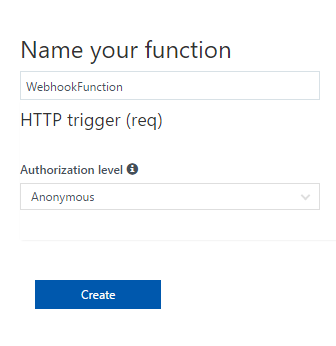
Upon creation, it will have a default code fragment which we will replace with our code.
We will add the code at a later point, first we need to make sure that the trigger will respond to some notification it receives. So let’s go to the Integrate section and change the settings as shown below.
In the run.csx file , from the test section add a new query parameter ‘validationtoken’ and set an arbitrary value.
Upon running it if we get the below status in the logs we can make sure that the trigger function is setup for basic use.
It will also give us a 200 OK status in the output window.
After the testing get the Function URL from the run window.
Copy the URL as shown below:
To avoid unauthorized usage of our Azure Function we can specify a secret code which we can get from the Manage section to the end of the SharePoint webhook URL. In our case the SharePoint Webhook URL which we will use to attach to the SharePoint List will look like below:
Add SPWebhook Subscription
Once we have got the web hook URL lets register it with the SharePoint List. In this demo we will be registering it with the list named SLA so that whenever a new item is added, we will have to inform the Service User about the new change in the List for him to process the action item before the SLA Date.
So as to add the subscription we will be making use of the below parameters
- Resource : /_api/web/lists(‘SLA List GUID')/subscriptions
- Server notification URL – https://sharepointwebhooks.azurewebsites.net/api/WebhookFunction?code=naSJbEvPNe5mNMVFlL4pehlkAV0HROZqnN6lKIfqrOfNwN
- Expiration date – "2017-09-19T16:17:57+00:00"
We will be issuing a POST request with the above body. We can either use an Azure AD Application or a SharePoint Hosted Add-in to add the subscription. As per the Microsoft Documentation, ensure that the below permission are assigned so the subscription can be added successfully :
If your application is a Microsoft Azure Active Directory (AD) application:
Application |
Permission |
|---|---|
Office 365 SharePoint Online |
Read and write items and lists in all site collections. |
If your application is a SharePoint add-in:
You must grant the SharePoint add-in the following permission(s) or higher:
Scope |
Permission Rights |
|---|---|
List |
Manage |
Add SharePoint Webhook Subscription using SPWebhookAdmin
We can either create a new application to register the subscription from scratch as shown in this example. However, for this demo let’s not reinvent the wheel, we will make use of an awesome tool created by Josh that registers the SharePoint WebHook Subscription using SharePoint Framework. He has done an awesome work with SPWebHookAdmin.
You can download the entire source code from GitHub. Lets download it to the desktop and run the SPFx solution to register SharePoint Webhook.
We can download the repository from github
Since this is a SharePoint Framework solution we will need to have the prerequisites required for SPFx setup,which is detailed here. Once the solution is downloaded , open Node JS command prompt and head over to the src folder location of the solution.
Build the code for the first time using the below commands as mentioned in Github
If we want to view the solution implementation we can use enter Code . to gulp so that the solution opens up in Visual Studio Code.
Lets head over and run gulp serve so that the solution will be added to the local workbench.
In our case we have to add the solution to SharePoint Online. We will do this by appending the below URL to our SharePoint Site Collection URL.
_layouts/15/workbench.aspx
From the + Sign add the Webhook manager to the page.This will list out all the list in the site and the number of subscriptions associate with it.
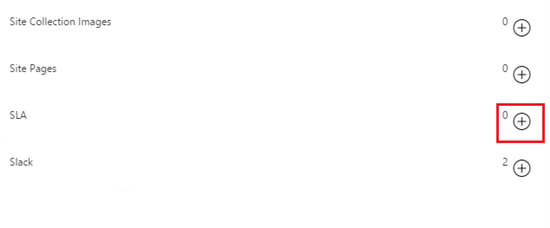
As we can see SLA list does not have any subscription. Add a new one clicking on the + Sign.
Specify the Notification URL which is our Azure Function URL. Client State is optional as per the documentation, but this solution uses it for additional validations. You can add an arbitrary string here say: ValidationChecker. Set the Expiration date which should not exceed 6 months from the date of creation.
Thus the new subscription has been added and we can see the count updated as below.
On Clicking the list name we can see the newly added subscription.
When the subscription was added to the SharePoint List, in the azure portal the recently created Azure Function was triggered and the we can see the validation token that was received from SharePoint in the Logs section.
Add Client DLLs to Azure Function
In order to start working with the code implementation we will be using the SharePoint Client Dlls which has to be uploaded to the Azure Function App directory. Select the Azure Function App and from Platform Features, Select Advanced Tools(Kudu)
Select PowerShell from Debug Console.
Navigate through the folders Site -> WWWRoot->(Function Name)
Create a new folder within the <Function Name> folder.
Drag and drop the below client dlls from the desktop.
Add the Webhook Functionality code
Once we have added the client Dlls , we can start working on the code logic that has to be triggered in response to the SharePoint Event notification.
The webhook code does the below steps :
1.Reads the validation token and the payload content send from SharePoint
foreach(var notification in notifications)
{
log.Info($"{notification.Resource}");
CloudStorageAccount storageAccount = CloudStorageAccount.Parse("DefaultEndpointsProtocol=https;AccountName=spwebhookstorage;AccountKey=SVM4igqbl9/GotmaC4PGLI5nM7QCXzcJCgY+8zB1fG2D1aKgYOr+lnMv6QkDAoY1Kw6KSe/iCxM97vDu52leDw==");
// Get queue... create if does not exist.
CloudQueueClient queueClient = storageAccount.CreateCloudQueueClient();
CloudQueue queue = queueClient.GetQueueReference("sharepointlistwebhookeventazuread");
queue.CreateIfNotExists();
// add message to the queue
string message = JsonConvert.SerializeObject(notification);
log.Info($"Before adding a message to the queue. Message content: {message}");
queue.AddMessage(new CloudQueueMessage(message));
log.Info($"Message added :-)");
listID = notification.Resource;
subscriptionID=notification.SubscriptionId;
}
2. Connect to SharePoint Online and create an object of the List where the Event occurred. The List ID is sent along with the SharePoint Payload. So we can make use of CSOM to create the list from this ID.
SPClientContext.Credentials = spOnlineCredentials;
Web spWeb = SPClientContext.Site.RootWeb;
Guid listId = new Guid(listID);
List changedList = spWeb.Lists.GetById(listId);
SPClientContext.Load(changedList);
SPClientContext.ExecuteQuery();
3.Get the Changes that happened in the List – We can make use of the ChangeQuery CSOM Object to get the entire changes in the list. But in our case we need to get only the recent change. We can specify the time from which the changes has to be retrieved using the ChangeTokenStart. For this demo,to make things simpler, we are setting it to last one minute so that changes that happened in last one minute is retrieved.
lastChangeToken = new ChangeToken();
lastChangeToken.StringValue = string.Format("1;3;{0};{1};-1", listID, DateTime.Now.AddMinutes(-1).ToUniversalTime().Ticks.ToString());
changeQuery.ChangeTokenStart = lastChangeToken;
Note : However to get the very latest change we will have to set the lastChangeToken() to the time at which the webhook was last triggered which is explained in this example. It reads the last webhook run time which is stored in the database. This way we can get the list change that happened between the current webhook trigger and the previous trigger which will get us the latest list event that caused the webhook to be invoked.
ChangeToken lastChangeToken = null;
lastChangeToken = new ChangeToken();
lastChangeToken.StringValue = string.Format("1;3;{0};{1};-1", listID, DateTime.Now.AddMinutes(-1).ToUniversalTime().Ticks.ToString());
ChangeQuery changeQuery = new ChangeQuery(false, true);
changeQuery.Item = true;
changeQuery.ChangeTokenStart = lastChangeToken;
var changes = changedList.GetChanges(changeQuery);
SPClientContext.Load(changes);
SPClientContext.ExecuteQuery();
4. Once the Changes are retrieved , it will contain the list item ID.We will create the list item based on the ID and send the mail to the Service User about the change in the SLA list so that he can work on the action item.
foreach (Change change in changes)
{
if (change is ChangeItem)
{
ListItem changedListItem = changedList.GetItemById((change as ChangeItem).ItemId);
SPClientContext.Load(changedListItem);
SPClientContext.ExecuteQuery();
string emailBody = "<b>New Change in the SLA List</b> </br><table style='border: 1px solid black;'>";
emailBody += "<table style='border: 1px solid black;'><tr style='color:green;'><td>ID :"+ (change as ChangeItem).ItemId +" -- </td><td><b> Action Item : "+ changedListItem["Title"]+"</b></td><td> -- SLA : "+ changedListItem["SLADate"]+"</td></tr>";
emailBody += "</table>";
Microsoft.SharePoint.Client.Utilities.EmailProperties emailProperties = new Microsoft.SharePoint.Client.Utilities.EmailProperties();
emailProperties.To = new string[] { "Priyaranjan@SharePointChronicle.com" };
emailProperties.Subject = "Attention : A new modification has occurred in the SLA List";
emailProperties.Body = emailBody;
Microsoft.SharePoint.Client.Utilities.Utility.SendEmail(SPClientContext, emailProperties);
SPClientContext.ExecuteQuery();
log.Info($"A list item with ID : { (change as ChangeItem).ItemId} is {change.ChangeType.ToString() }" );
}
}
We can add additional logging to the code so that we can debug the code when it is run. For instance we are outputting the payload sent from SharePoint List on Event Notification as well as the list name and List ID that was added.
Demo of SharePoint Webhooks
Lets see how the SharePoint Webhooks work. We will add a new item in SharePoint List which should ideally trigger the SharePoint Webhook as part of the Event Notification to Azure Function.
If we head over to the Azure Function App in the Azure Portal, we can see that the webhook function was triggered from the Monitor Section.
We can also see the logs indicating a successful run of the Azure Function which has correctly outputted the payload sent from SharePoint List as well as code outputs.
It has also given us the list where the event occurred, list id and the type of Event that happened in the list.
As part of the code implementation we have used SPUtility to send mail to the Service user with the details of the newly created list item so that he can work on the action item before its SLA.
SharePoint Webhooks in Action
The video recording of the demo is shared below :
Monitor and Manage SharePoint Webhook
Once we have created and tested the SharePoint webhook, we can Monitor the events from the Monitor section of the Azure Function App.
Similarly if we don’t want the webhook function to be triggered. We can Disable the function from the Manage section.
Once disabled it will no longer respond to the SharePoint Webhook notification.
If we want to completely remove the subscription association with the list as well, we can use the same SharePoint Framework solution. We can delete it using the delete button.
Summary
Thus we have seen the implementation of SharePoint webhooks and Azure Functions to simulate Timer Jobs and Event Receivers

